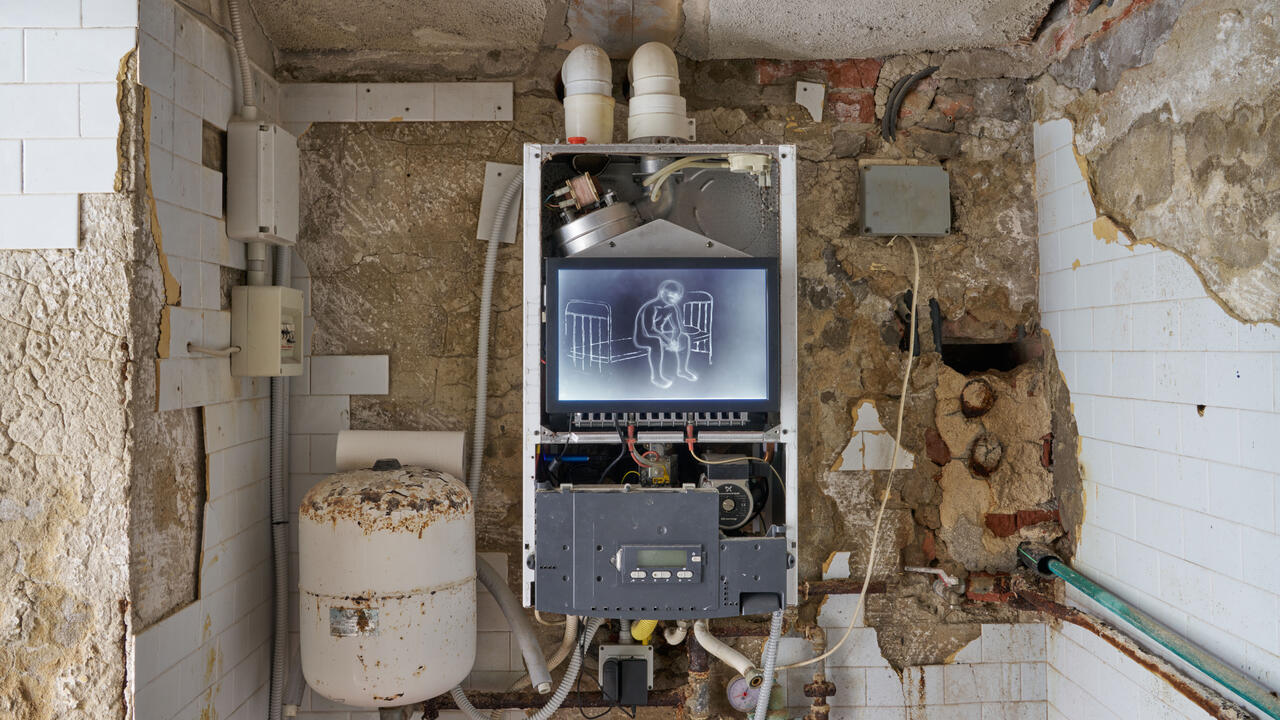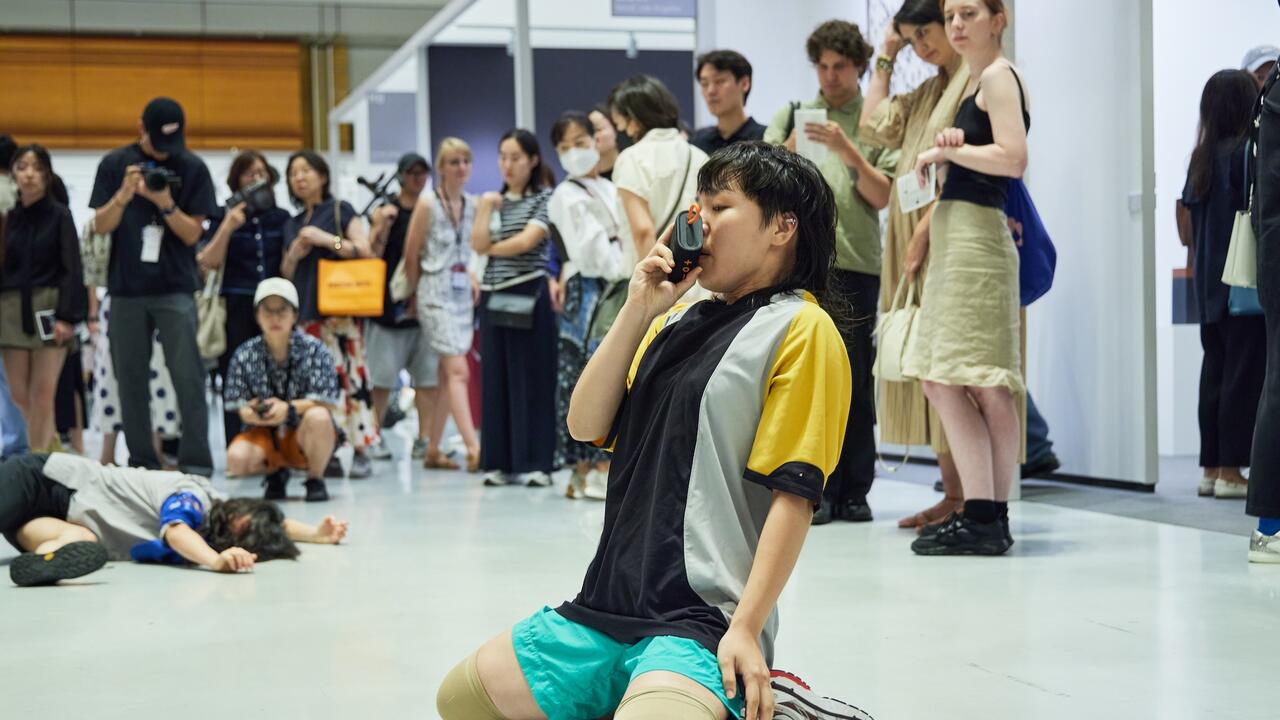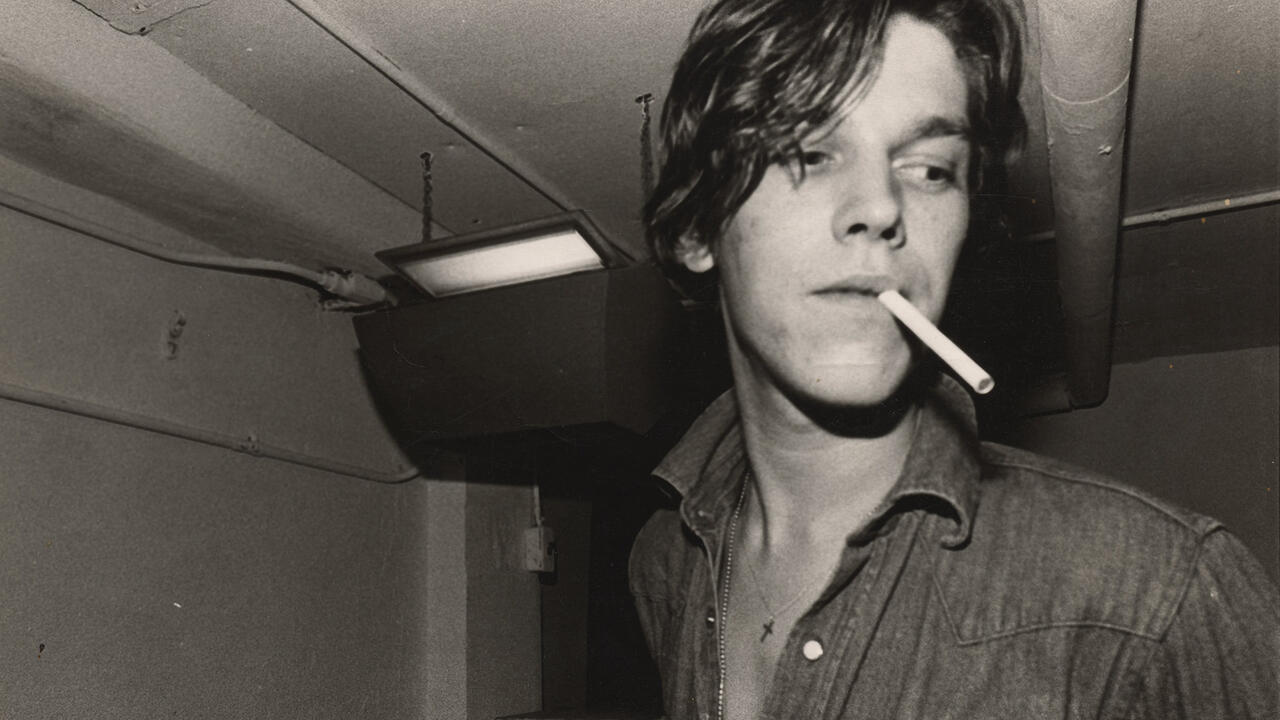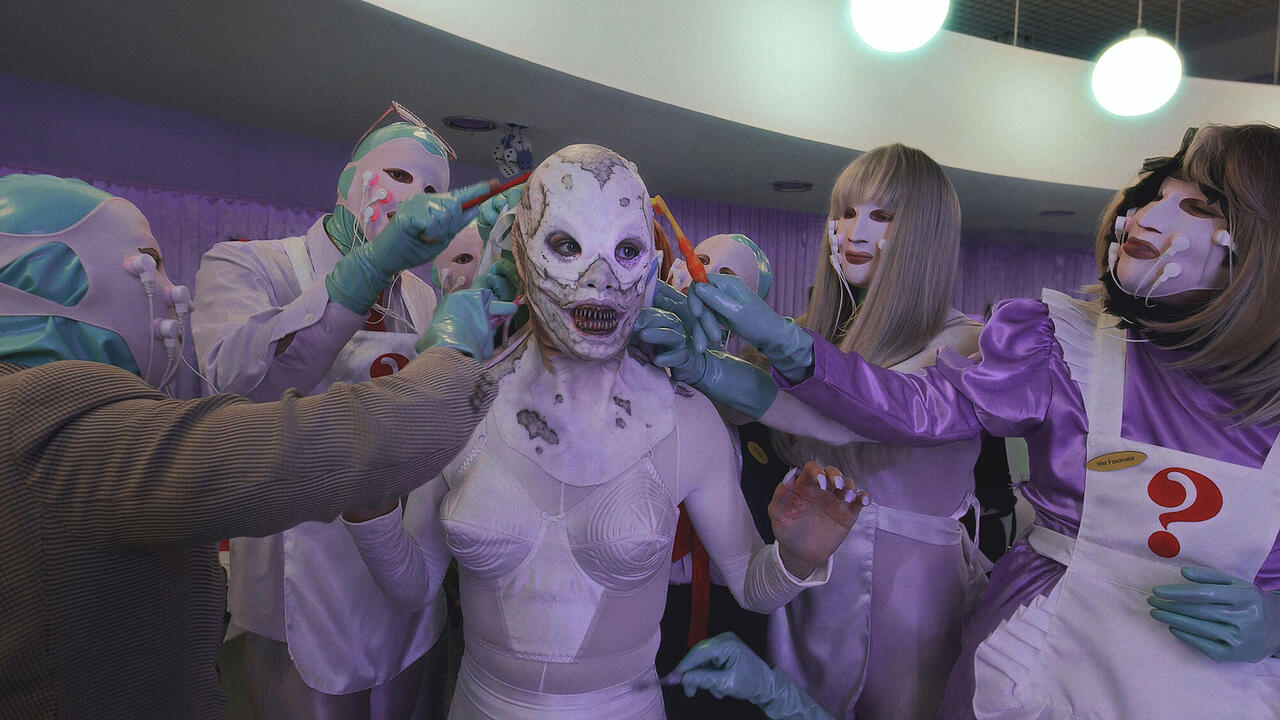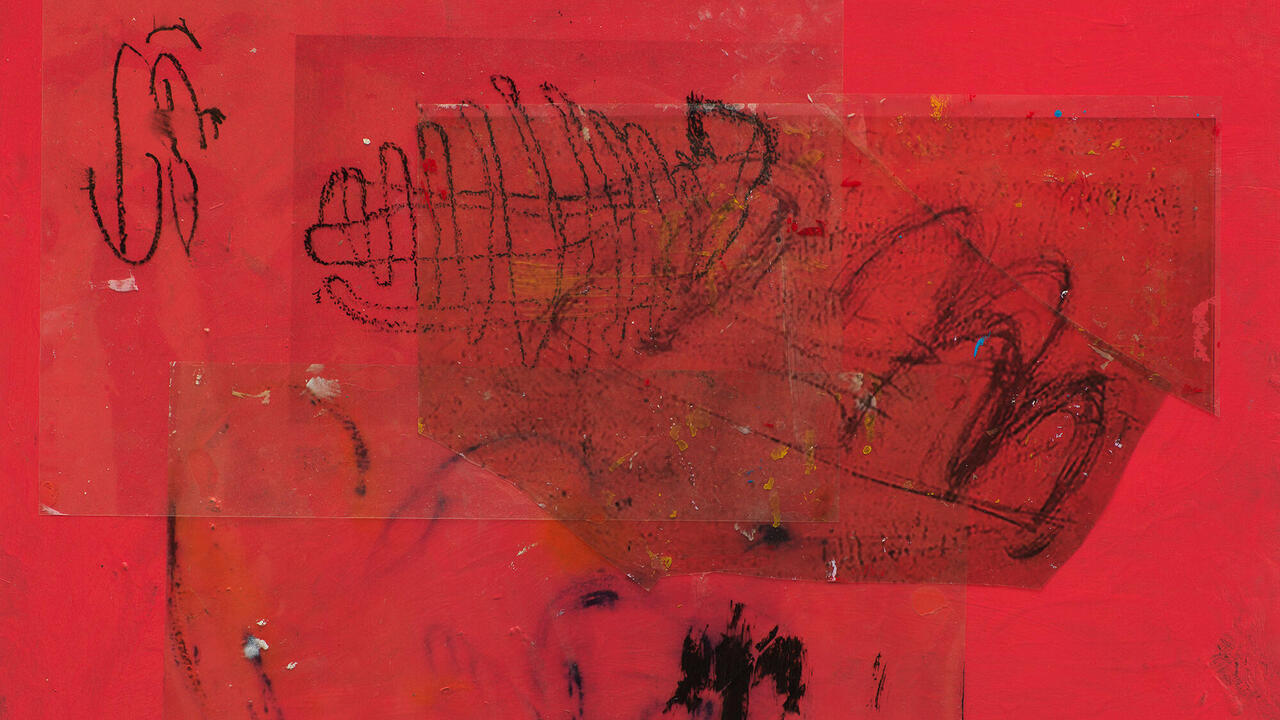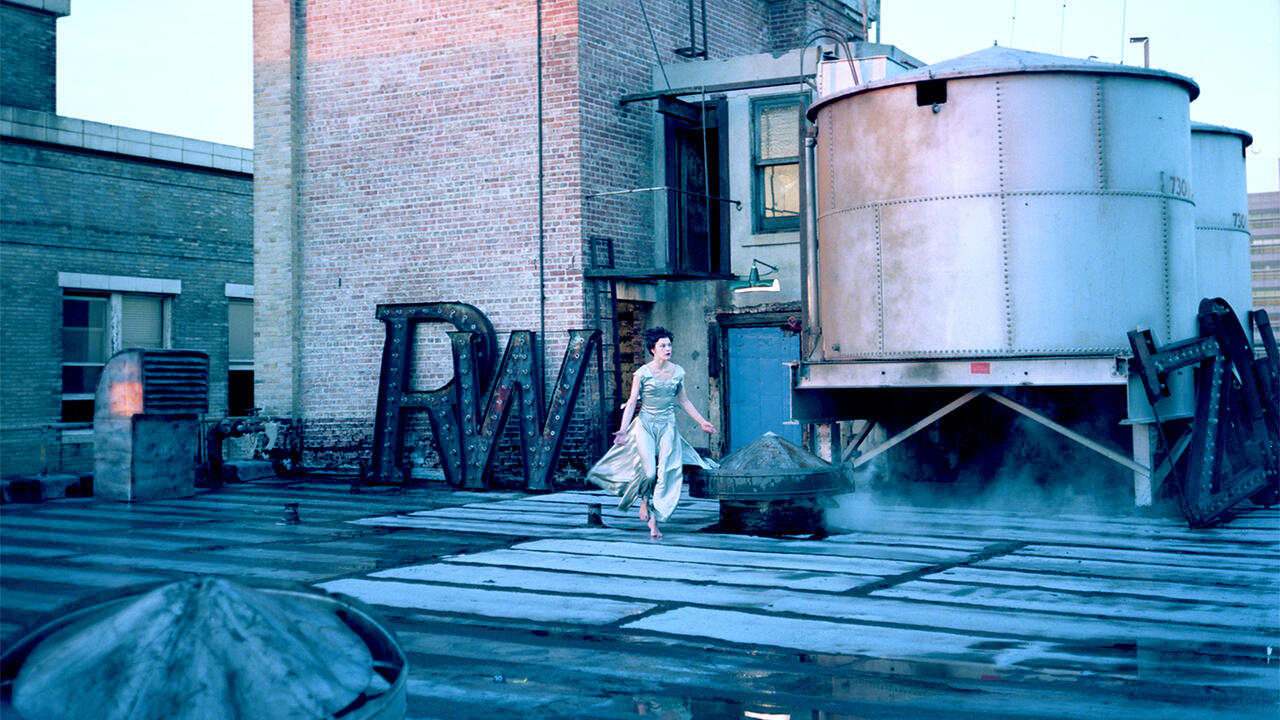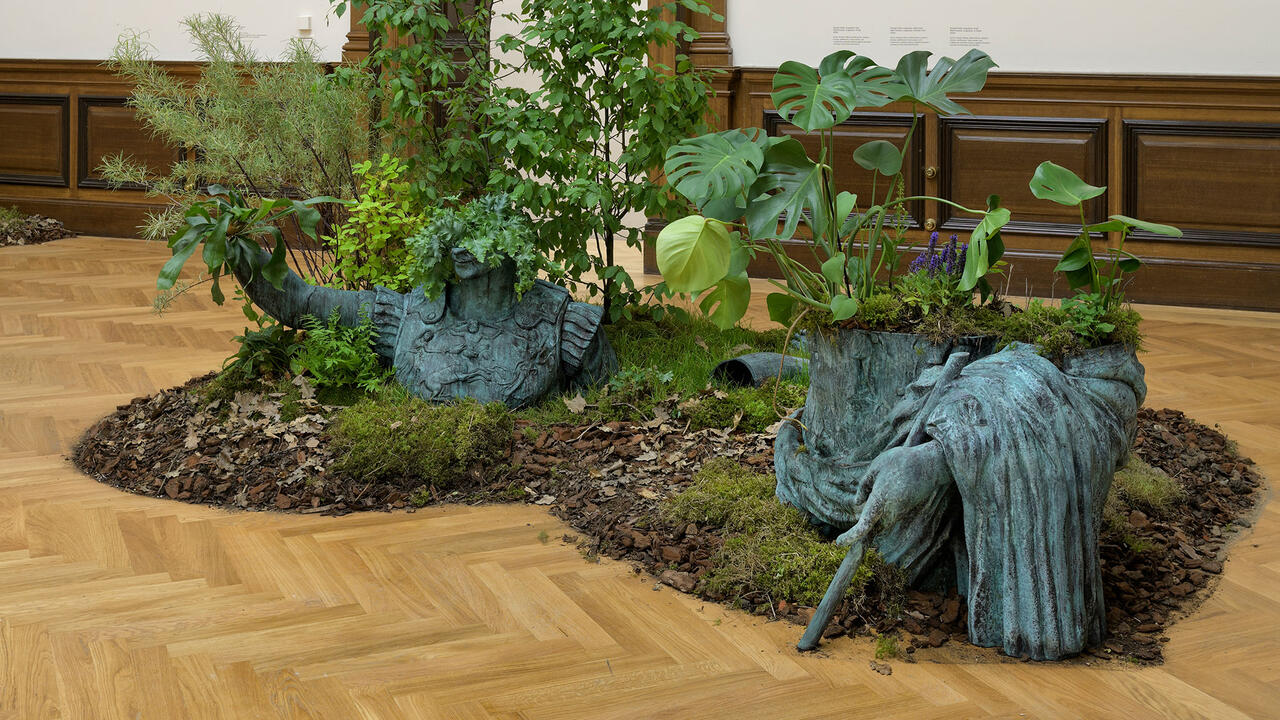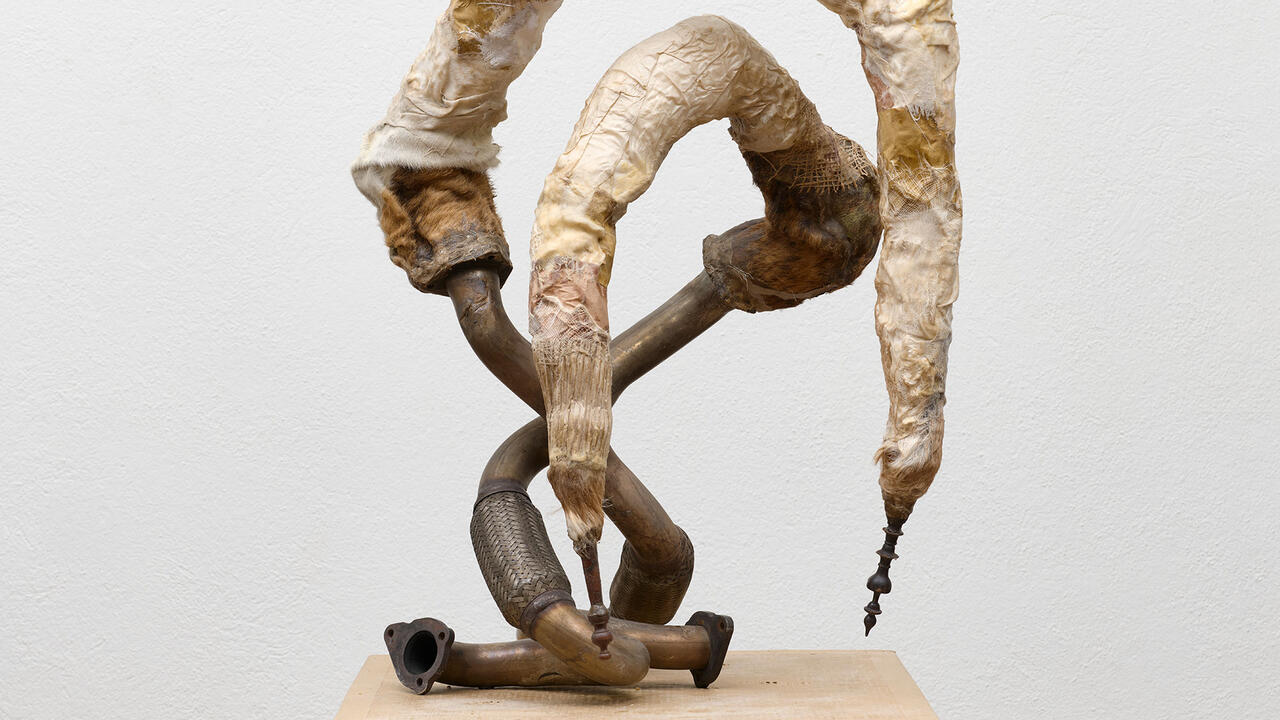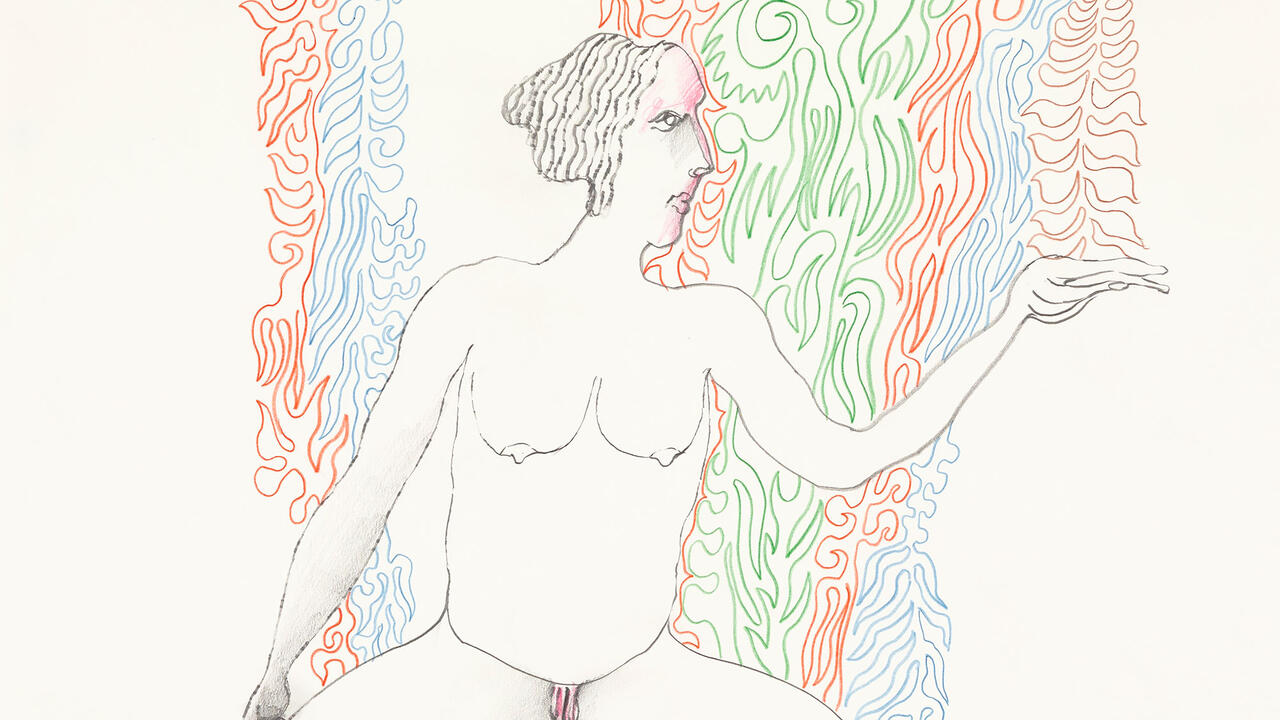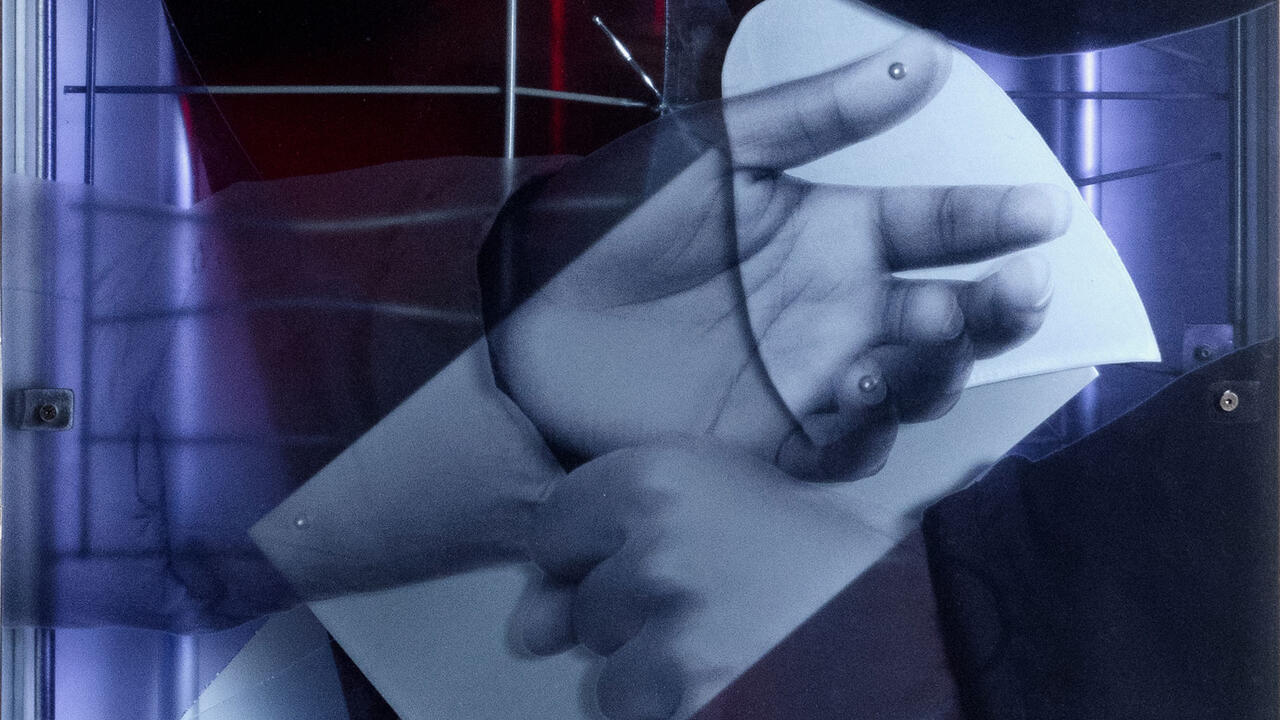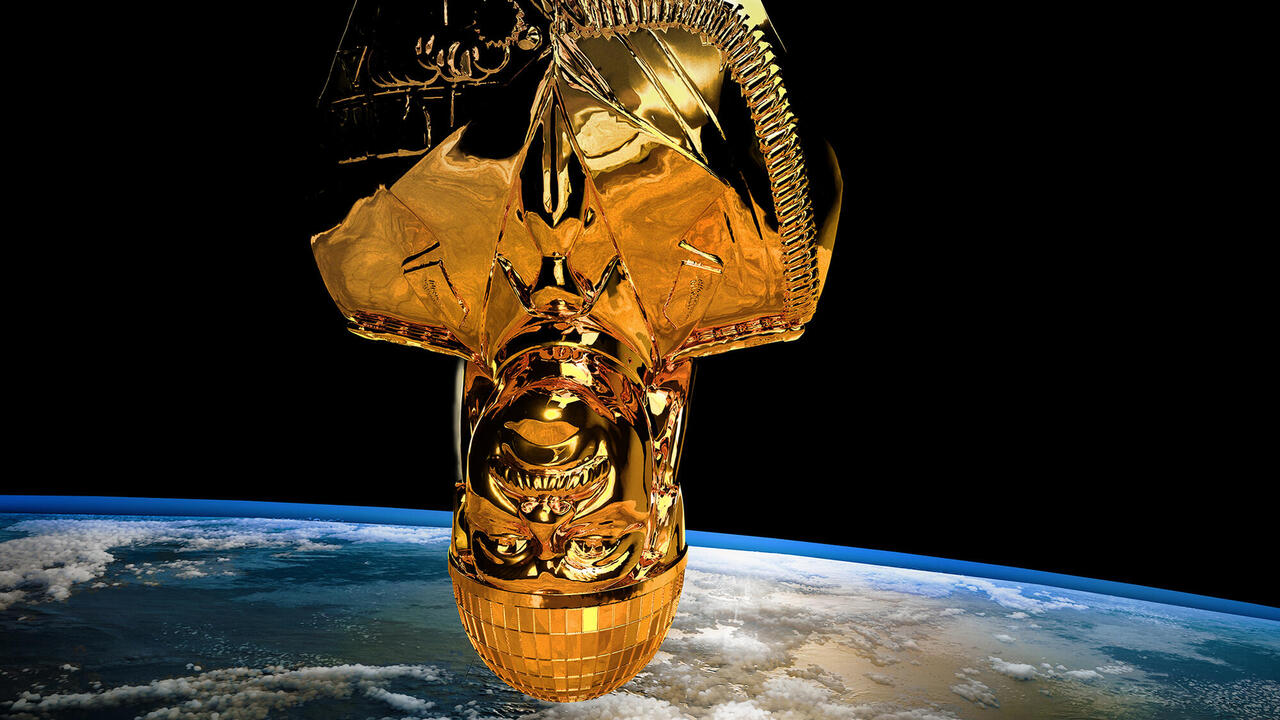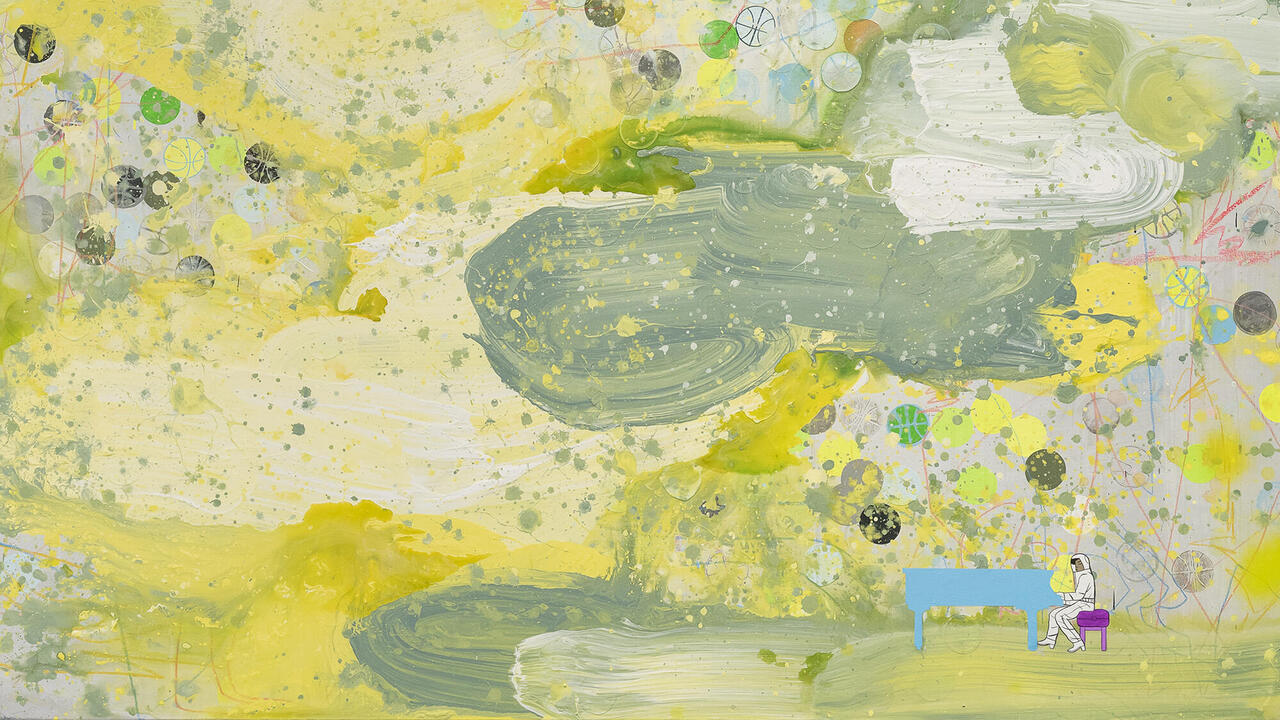Stitching Together Britta Marakatt-Labba’s Arctic Landscapes
At Kin Museum of Contemporary Art, Kiruna, the artist’s embroidered canvases depict Sámi culture’s close relationship to nature
At Kin Museum of Contemporary Art, Kiruna, the artist’s embroidered canvases depict Sámi culture’s close relationship to nature

While the act of piercing fabric with a needle may seem slight, it has the capacity to create great strength. Sámi artist Britta Marakatt-Labba’s embroideries on white linen interweave ancient mythologies and arctic landscapes to depict colonial tensions between the nation-state and indigenous culture. Her retrospective at Kin Museum of Contemporary Art in Kiruna, which includes more than 70 works spanning from the 1970s to the present day, marks Marakatt-Labba’s first large-scale retrospective in Sweden. Having opened last year at the National Museum in Oslo, the show will tour to Moderna Museet in Stockholm this summer.

Installed near the entrance is the artist’s monumental textile piece Historjá (History, 2004–07), a hyper-detailed panorama of Sámi life that extends to 24 metres. When I first saw this work at documenta 14 in 2017, it was hung in a straight line, which in retrospect did it a disservice. At Kin, the piece is installed in an arc that almost-encircles the viewer, guiding their gaze in a counter-clockwise direction through herds of reindeer moving from right to left. Circularity carries a special meaning in nomadic Sámi culture – as observed in joik singing which lacks a beginning or end – and is the symbol Marakatt-Labba returns to most often in her works.
The narrative of Historjá documents hundreds of years of indigenous existence, beginning and ending in the forest – a sacred place within which, the Sámi believe, all generations exist simultaneously. Marakatt-Labba’s canvases also consistently feature women in positions of authority. These ancestral mothers are often depicted wearing a ládjogahpir (red horn hat) – an item of Sámi clothing banned by the Christian church in the 19th century due to its alleged resemblance to a devil’s horn. In Lodderáidaras (The Milky Way, 2022), for instance, the artist pictures the stars of the galaxy inhabited by little women wearing the traditional red headpieces.

The sections of white linen that Marakatt-Labba leaves unembroidered carry compositional significance in representing both snowy landscapes and arctic skies. Take, for example, Mátki II (The Journey II, 1989–2021): the upper half depicts a funeral service, while the lower part shows an underworld occupied by past generations existing in harmony with the earthly upper plane of the living – a duality conveyed seamlessly by Marakatt-Labba’s use of a uniform white ground.
The artist’s oeuvre follows the long tradition of Sámi duodji (handicraft), whereby decorative objects also carry a functional purpose: woven textiles, for example, used as wall materials for lavvu (tents). In Deattán (Nightmare, 1984), Marakatt-Labba depicts an aerial view of the interior of one such lavvu. Here, however, her tiny stitches detail an uncanny world wherein human-sized rats have invaded the tent and have bitten off various body parts from the Sámi people. The artist often uses animals as metaphors for humans, as in the political piece Garjját (The Crows, 1981), which depicts the 1980s Sámi uprising in northern Norway against the damming of the Alta-Kautokeino River. Here, police who came to disperse the protest have been turned into black crows.

Throughout her career, Marakatt-Labba has sought to bring the voice of Sámi culture into the contemporary art world, whilst also acknowledging global issues such as the climate crisis. One of her more recent pieces on this theme, Máilmmi liegganeapmi II (Global Warming II, 2021), reveals a lesser known abstract side to the artist’s practice. The coherent world of her earlier works here becomes fragmented in a series of shiny textiles stitched together with a sewing machine. In the middle of the circular piece, the heads of ancestral mothers in ládjogahpir remind me of some well-known words of Sámi wisdom: ‘Never take more from nature than you need.’
‘In the Footsteps of the Stars—The Embroidered Worlds of Britta Marakatt-Labba’ is on view at Kin Museum for Contemporary Art, Kiruna, Sweden, until 16 March
Main image: Britta Marakatt-Labba, Luossa - the lake that was drained, 2020, embroidery and application on linen. Courtesy: Kin Museum for Contemporary Art; photograph: Johan Ylitalo





